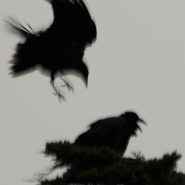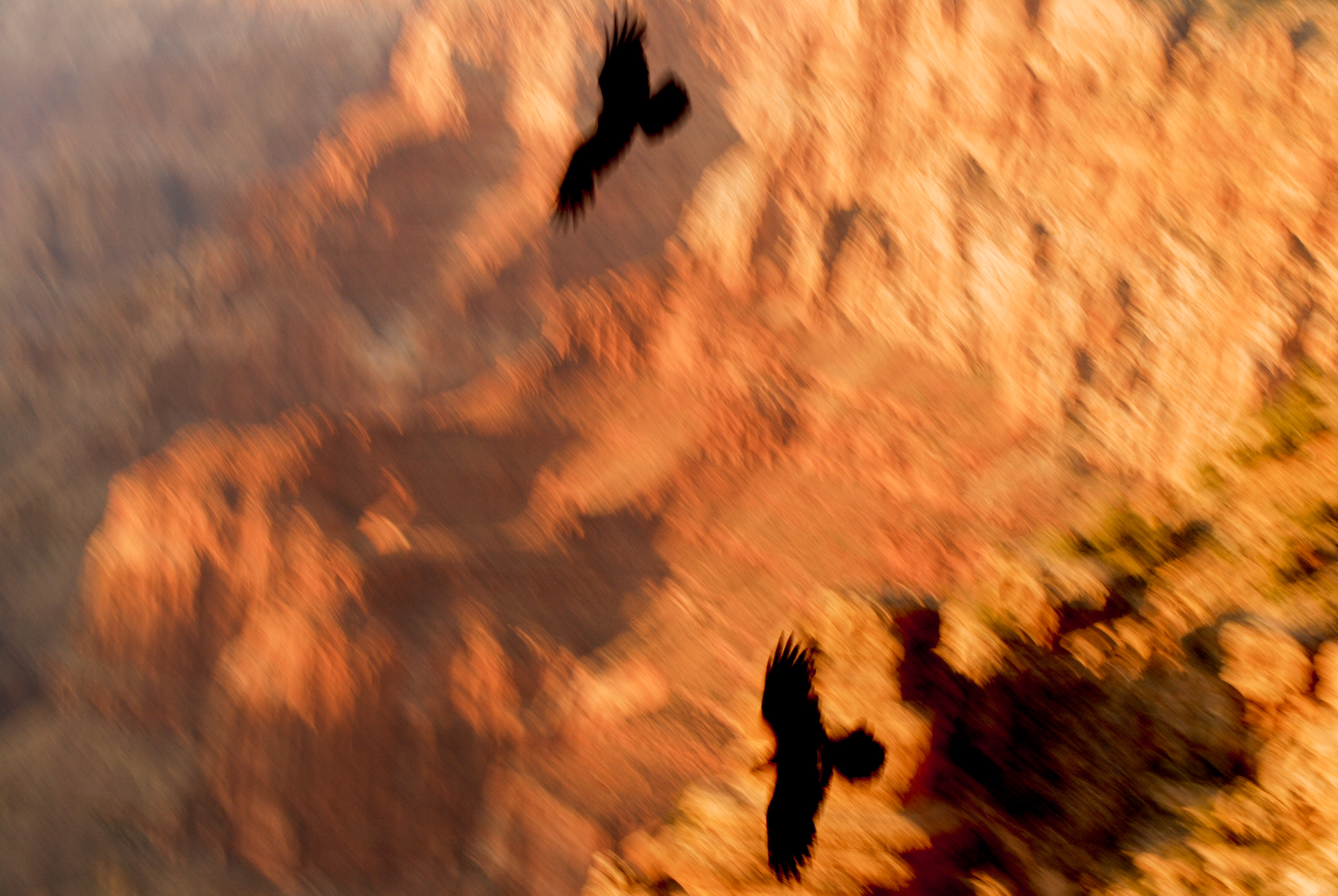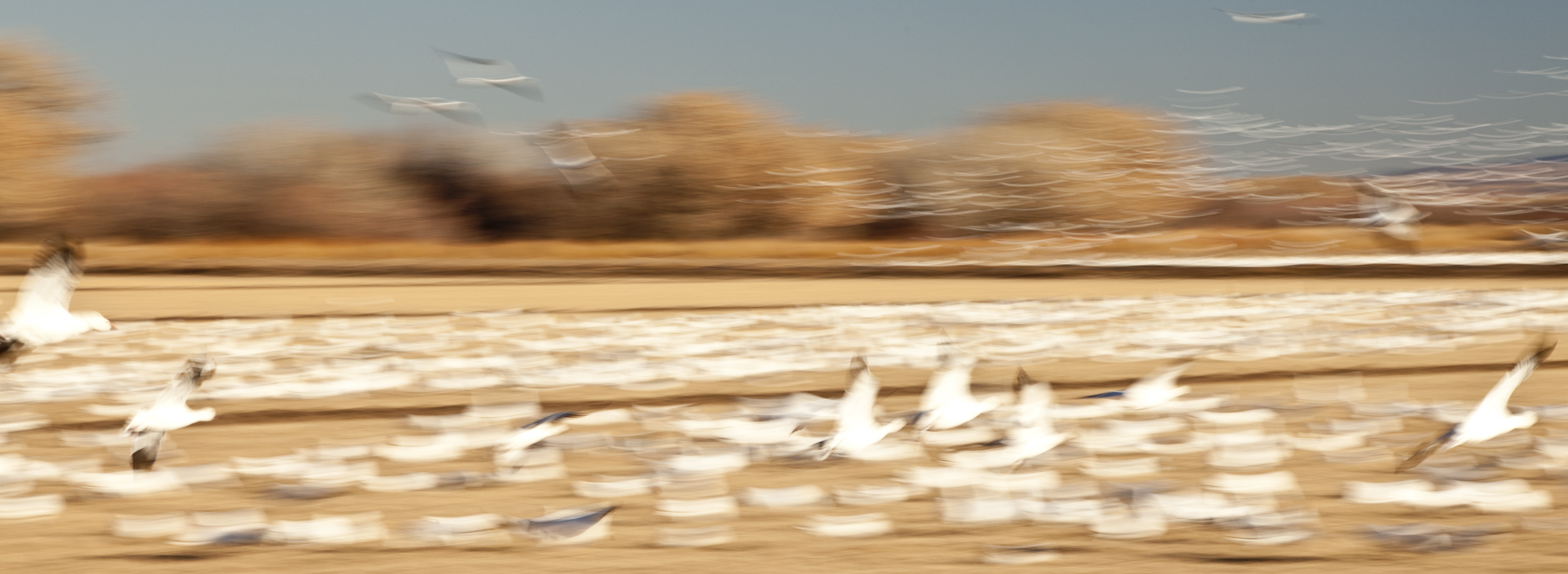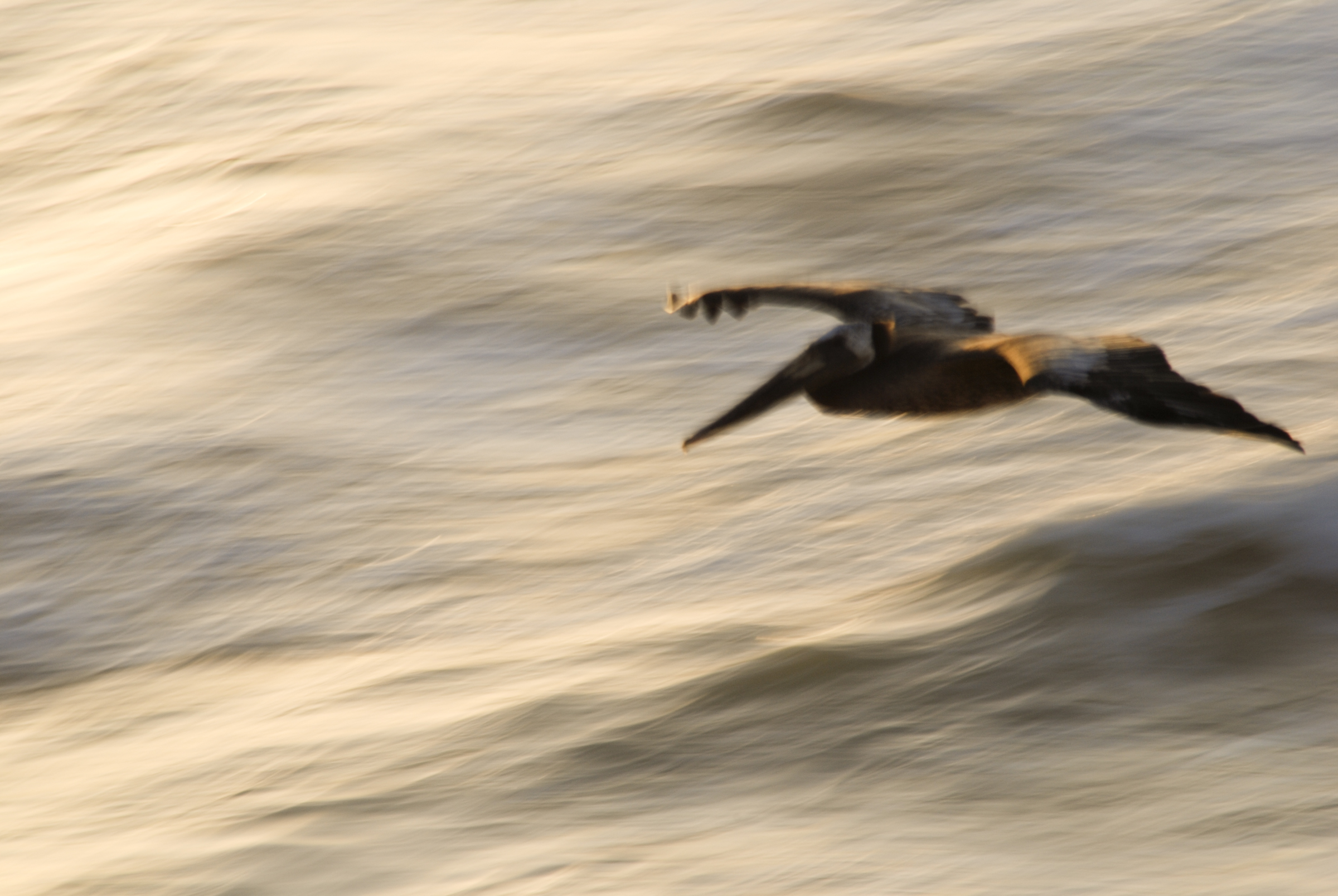
I must confess that my bird images started out, and continue even now, mostly to be a by-product of my landscape photography, which invariably involves a lot of waiting for the light. And waiting is not one of my strong suits.
So watching the denizens of the landscape has become a favorite pastime. And, as long as I’m watching, why not photograph them? Birds provide a very different challenge as they are almost constantly in motion flying, soaring, or riding the thermals.
 My favorite bird is the Raven, and my favorite place to watch them is – you guessed it – the Grand Canyon. They have such attitude, are very clever, but most importantly they love to soar along the canyon edges, especially just before last light as they cavort up and down the canyon walls. There’s no question this is their time.
My favorite bird is the Raven, and my favorite place to watch them is – you guessed it – the Grand Canyon. They have such attitude, are very clever, but most importantly they love to soar along the canyon edges, especially just before last light as they cavort up and down the canyon walls. There’s no question this is their time.
 Also within the Grand Canyon are 3 or 4 nesting pair of California Condors, whose soaring patterns are not unlike the Ravens, although much less enthusiastic. When resting on the rocks, they are about the most unattractive bird you’ll ever see – very similar to a vulture, though much, much bigger. Having wingspans of a monstrous 10 feet, they are the largest flying bird in North America.
Also within the Grand Canyon are 3 or 4 nesting pair of California Condors, whose soaring patterns are not unlike the Ravens, although much less enthusiastic. When resting on the rocks, they are about the most unattractive bird you’ll ever see – very similar to a vulture, though much, much bigger. Having wingspans of a monstrous 10 feet, they are the largest flying bird in North America.
 I am fascinated by how many different landscapes seem to have their own large bird populations. I lived for 12 years on the Miles River, on Maryland’s eastern shore. Between Canadian Geese, Osprey and Bald Eagles, and once or twice a winter, flocks of Tundra (Whistler) Swans passing through, large birds were plentiful. When the wind is up, the Bald Eagles are quite active along the shoreline; using the air currents, they don’t have to work nearly as hard to fly.
I am fascinated by how many different landscapes seem to have their own large bird populations. I lived for 12 years on the Miles River, on Maryland’s eastern shore. Between Canadian Geese, Osprey and Bald Eagles, and once or twice a winter, flocks of Tundra (Whistler) Swans passing through, large birds were plentiful. When the wind is up, the Bald Eagles are quite active along the shoreline; using the air currents, they don’t have to work nearly as hard to fly.
 Then at the Bosque del Apache wetlands in New Mexico’s high desert, in addition to thousands of Snow Geese, and a lesser number of Canadian Geese, there are 10-15,000 Sandhill Cranes that stop between November and January before heading back up North for breeding season.
Then at the Bosque del Apache wetlands in New Mexico’s high desert, in addition to thousands of Snow Geese, and a lesser number of Canadian Geese, there are 10-15,000 Sandhill Cranes that stop between November and January before heading back up North for breeding season.
 At the Golden Gate the Brown Pelicans are the show, with their 6-foot wingspans, they are the only ones of the eight Pelican species that dive for fish. They, too, work the California coast as they migrate north in the winter for breeding season.
At the Golden Gate the Brown Pelicans are the show, with their 6-foot wingspans, they are the only ones of the eight Pelican species that dive for fish. They, too, work the California coast as they migrate north in the winter for breeding season.
So who knows what will be my next winged subject?